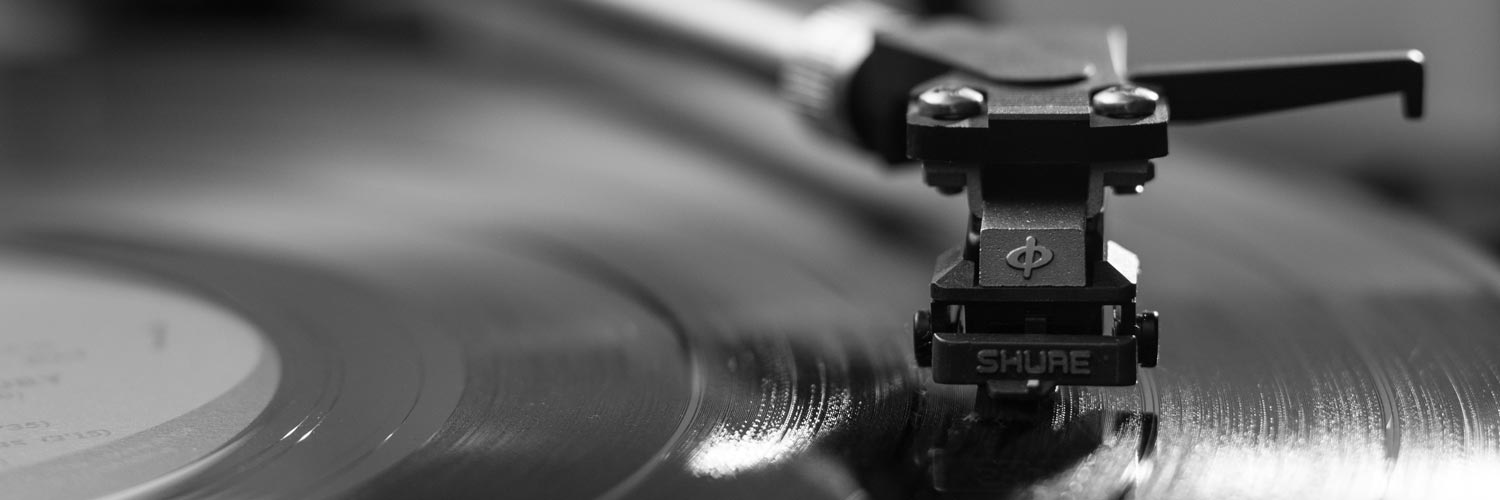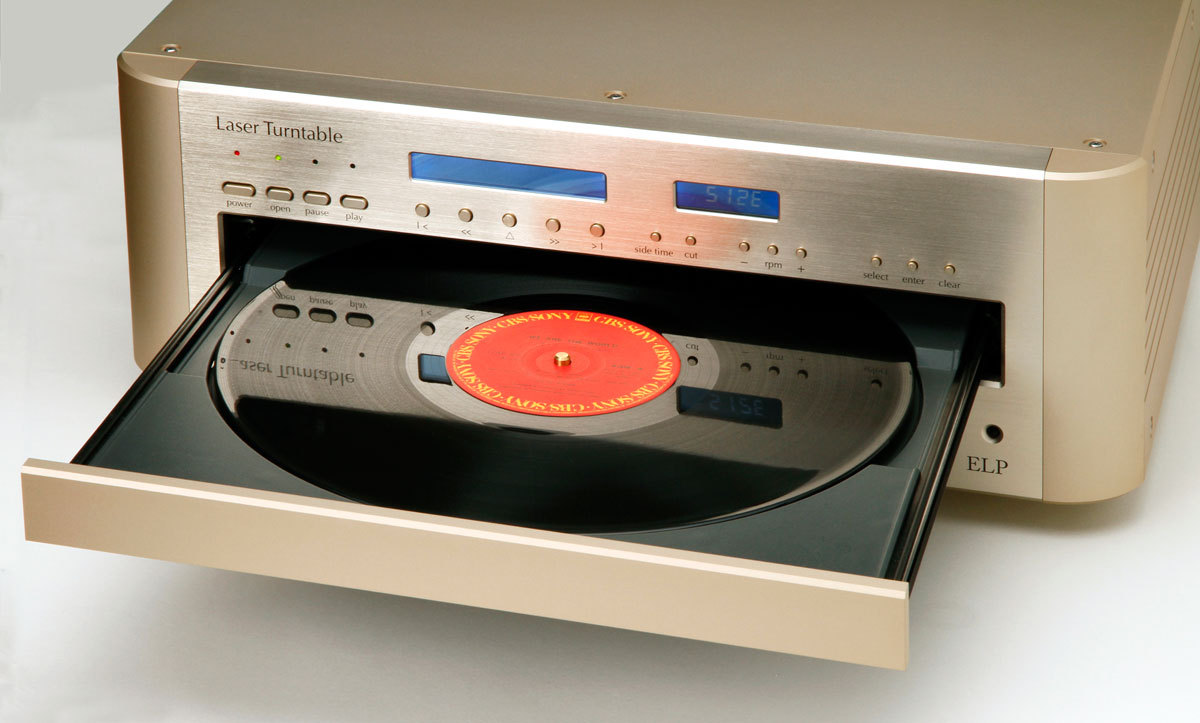MM, MC, MI & More - An Overview of All Cartridge Types

The revival of vinyl records has been going strong for years. More records are being pressed, bought, and listened to once again, and more and more newcomers and those returning to the hobby are enriching the vinyl fan scene.
For many, the journey into analog listening enjoyment probably began at some point in recent years with a simple all-in-one solution—turntable, cartridge, and, if necessary, a phono preamp; recommended and configured as an affordable set by a specialist dealer or quickly ordered online with a few clicks.

But as is often the case with new hobbies, the deeper you dive into the subject, the more questions arise at first. And in an age of plug & play, streaming, and voice control, listening to music the analog way offers a lot of potential for getting deeply involved with setup, adjustments, and fine-tuning.
Speaking of tuning: for most vinyl fans, swapping out the cartridge is probably the first—and often most important—sound upgrade to the starter setup. The qualitative differences between different cartridges are immense. And that's not surprising, since the cartridge is the first and most crucial link in a highly sensitive playback chain.
A tiny diamond stylus runs through a hair-thin groove on the record, needing to trace the finest structures on both sides of the groove, picking up the acoustic information encoded there. These microscopic movements are transmitted via a comparatively large lever (the cantilever) into the cartridge, where they are converted into tiny electrical impulses. Depending on the technology used (more on that below), these impulses must be amplified in at least two, often three or four stages before they can be heard as music through the speakers.
When you consider the complexity of this electromechanical system, it's truly astonishing that it works at all. The fact that even affordable entry-level systems already sound good is impressive. What a really good cartridge, mounted on a perfectly set-up turntable and playing a clean record, can deliver borders on magic.
Different cartridges often have very distinct characters, with their own tonal qualities and sonic advantages and disadvantages. These might be more apparent with one turntable than another. They may also harmonize excellently with one tonearm, but not with another. And not every tonearm works equally well on every turntable... it's a playground filled with endless combinations.

But which cartridge is the right one for which situation? And which types of cartridges exist in the first place, how do they differ technically, and what are their specific characteristics? These are questions that can challenge even long-time vinyl hobbyists. For record fans who have little or no experience with this topic, it's even harder to get an overview.
That's why we've put together a quick overview of the fundamentally different cartridge types out there and how they differ technically and, generally speaking, sonically. We’re intentionally not making any specific recommendations. There are few topics in the hi-fi scene as individual as choosing a cartridge. Besides the obvious criteria (price, turntable, tonearm, phono preamp), there are countless other factors and personal preferences that play a role in this decision. That's why many long-time vinyl fans build up a small collection of cartridges over time, using them according to purpose and their mood.
Especially when buying a cartridge, there’s nothing better than trying it out for yourself. You can spend days in online forums or consult self-proclaimed and real experts, but in the end, the decision as to whether a cartridge suits your system, your listening habits, and your musical taste is yours alone.
Cartridges – Technology Overview
MM – Moving Magnet

Today, this is probably the most common cartridge technology, especially dominating the entry-level segment. At the top end of the cantilever sits a magnet, which moves (driven by the stylus's movement in the groove) between two coils. Physically, an MM cartridge is an electromagnetic transducer: the change in flux in the magnetic circuit is linked to the inhomogeneity of the magnetic field—the greater that is, the stronger the signal. The MM principle delivers comparatively high signal voltages, so after the usual equalizing preamp, a fairly simple preamplification with a 47kOhm input resistance is sufficient. Until the late 1990s, and again today in some cases, many hi-fi integrated amps were equipped with a phono input suitable for MM systems.
MC – Moving Coil

Mechanically, the MC design is similar to an MM system, except that here a coil sits at the end of the cantilever, while the magnet(s) are fixed. Thus, Moving Coil is an electrodynamic transducer that delivers relatively low signal voltages and therefore requires very high-quality, low-noise additional preamplification. Phono preamps suitable for MC typically feature—often adjustable—input impedances between 20 and 1000 Ohms. Many common phono preamps can be switched between MC and MM operation.
The advantages of the MC principle lie—generally speaking—in the potentially lower weight of the coil mounted on the cantilever. Since there is no need to move a heavy magnet back and forth, more detailed tracing is possible. MC cartridges are usually more expensive than MM systems and also place higher demands on the rest of the playback chain. Sonically, they are usually superior to a moving magnet system.
MI – Moving Iron / MP – Moving Permalloy

The third magnetic cartridge principle is often, and unjustly, overlooked. In the high-end segment, for example, Soundsmith from the USA and Goldring from England are well-known advocates of the MI principle; the Japanese traditional manufacturer Nagaoka positions its MP cartridges in the lower and mid-price segments as a sonically superior alternative to MM systems. As with the MM principle, the coils are fixed in place. However, at the end of the cantilever, instead of a heavy magnet, there is only a tiny piece of magnetic metal (either iron or so-called mu-metal, also known as permalloy). Depending on the cartridge, this piece of metal is sometimes significantly lighter than the coil of an MC cartridge, which can result in even better tracking of the record groove. MI and MP cartridges are also electromagnetic transducers, so they deliver high signal voltages and can therefore be used with the MM input of the (pre-)amplifier.
Just give it a try: in the entry-level segment, a well-made MI or MP cartridge combines the sonic advantages of the expensive MC principle with the ease of use of an MM system at a very affordable price. In the upper segment, an MI cartridge pushes the boundaries of analog music reproduction and is considered a reference by many demanding vinyl fans.
Ceramic / Strain Gauge Cartridges

For a long time, so-called ceramic cartridges were known as affordable starter equipment for turntables. They work on the piezoelectric principle, where the cantilever is attached directly to a thin ceramic strip. A voltage is applied to this strip, and as the stylus moves, the ceramic bends, modulating this voltage. Because the ceramic strips had to bend, these cartridges were quite stiff in earlier times, required a very high tracking force, and were notorious for causing heavy record wear. However, over time, the technology was developed into the strain gauge principle, where extremely thin and light ceramic materials are used so that the moving mass and required tracking force are reduced to the level of good MC systems. Sonically, a modern strain gauge system, as still produced by a handful of vinyl specialists today, is a true revelation. Price-wise, however, these systems are clearly in the high-end range, since manufacturing is complex and they can only be operated with a special preamplifier that must be purchased with the cartridge.
Listening with Light – Optoelectronic Cartridges

A completely different approach is taken by the manufacturer DS-Audio from Japan. Here too, a diamond stylus mounted on a cantilever traces the groove. But these movements are detected by a light beam and a photocell and converted into electrical impulses. The mechanical part of the system works with an extremely low moving mass, allowing it to pick up the finest details of the groove wall. The sonic potential is therefore immense, but this technology also requires a special preamplifier and is far from affordable.
Laser Scanning for Records

Things get truly exotic and outrageously expensive with laser turntables. The idea of completely contactless scanning of records is obvious and appealing. But despite enormous investment in research, the biggest problems of the technology have never been overcome—the laser beam picks up dirt and dust in the groove just as relentlessly as the musical information on the walls. With factory-fresh and meticulously cleaned records, playback quality is said to be breathtaking. In everyday life, however, that's hardly practical. Nevertheless, the Japanese manufacturer continues to produce laser turntables for demanding vinyl fans who are willing to spare no expense or effort in the search for the best sound.
Are you curious? You can find a wide selection of cartridges of (almost) all types at specialized retailers.

